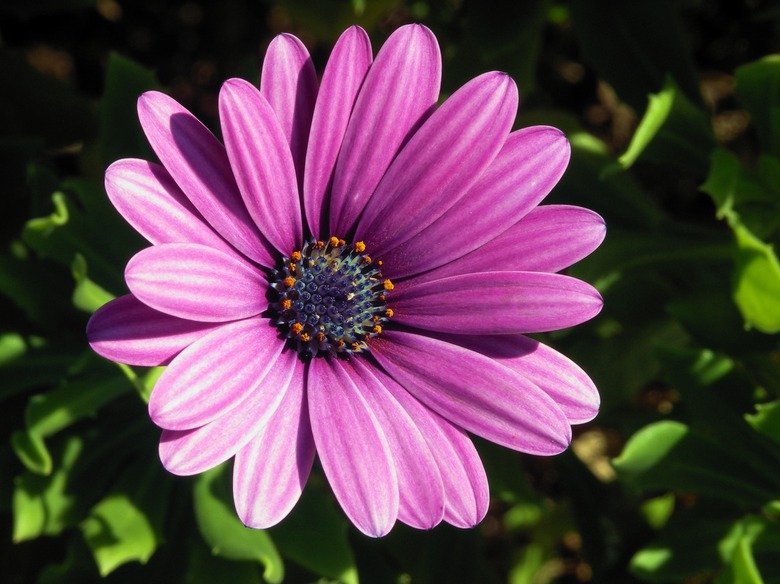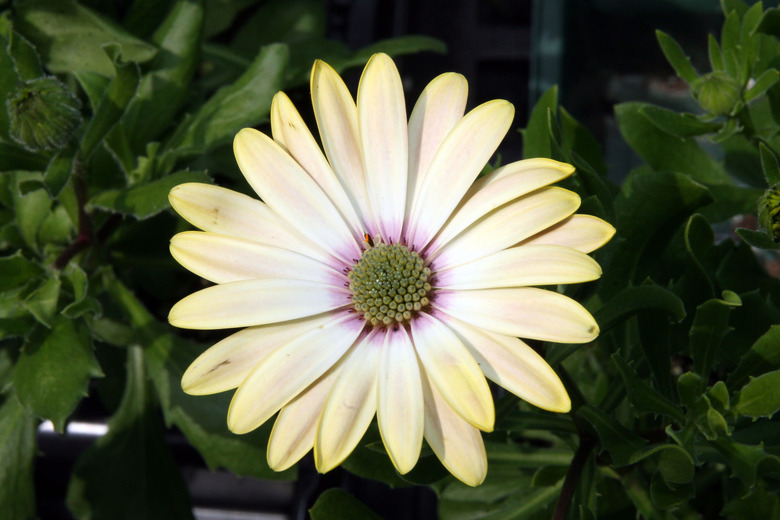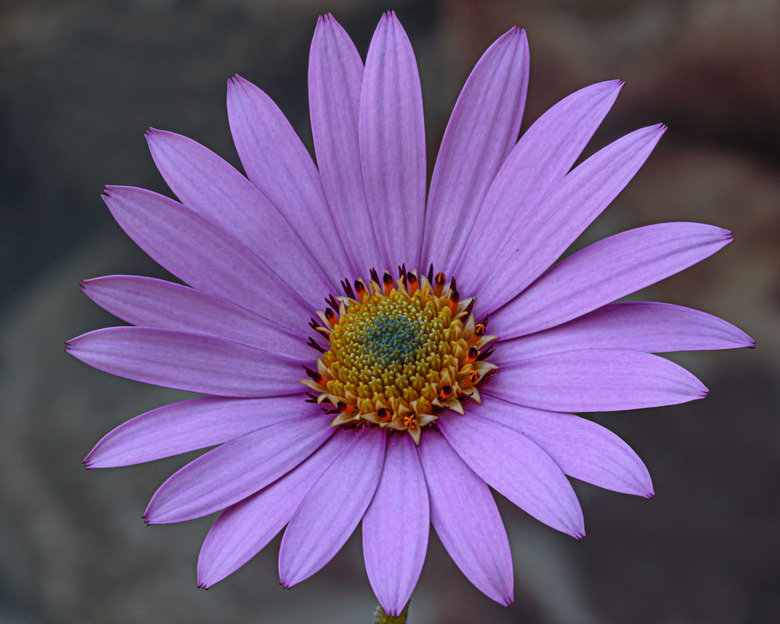How To Plant & Care For African Daisies
When you're talking about African daisies, also called cape marigolds, you have an enormous selection to choose from, all in the Osteospermum genus. African daisies are winter hardy only in USDA hardiness zones 10 and 11. Most gardeners grow these as annuals.
So Many African Daisies: Which to Choose?
The genus Osteospermum comprises more than six dozen species, but not all are herbaceous annuals or even perennials; some are shrubs. If you're perusing a nursery for African daisy plants, you'll most likely find hybrids or cultivars of Osteospermum ecklonis or Osteospermum jucundum.
Some popular cultivars have spoon-shaped petals, such as O. ecklonis Serenity™ 'Lavender Bliss' and another Serenity cultivar, O. ecklonis Serenity™ 'White Bliss.'
Given their common name, it's no surprise that African daisies do indeed have daisy-like flowers and share other characteristics of daisies, including their central disk and tall, upright stems. Some varieties have blue centers, while some have yellow centers.
Tip
African daisies produce the most blooms during spring and early summer, although, in areas with cool climates, they may continue to bloom till frost.
While these plants need warmth, they dislike hot weather. In climates with extreme heat, African daisy blooms are likely to cease by early summer, but in areas with moderate summers, these blooms persist from spring through mid-summer and even late summer and into fall before the first frost.
Planting African Daisies
African daisies need a location in full sun. Ensure well-draining soil and at least moderate fertility, as they are forgiving and will grow in even poor soil, but they need some nutrients. If the soil is overly sandy or clayish, amend it with organic matter or well-aged compost.
Whatever the cultivar, if you're growing from seed, sow seed in a well-draining potting mix about six to eight weeks before your area's last spring frost. The ideal temperature for germination is from 60 to 65°F. Seeds should emerge in about two weeks.
If you purchase African daisy seedlings from a nursery, plant them in a garden bed with good drainage in late spring or after your area's last frost date. These plants are not cold-tolerant.
Plant them from 1 foot to 2 feet apart, depending on the cultivar, so check the plant's label. After transplanting, water them well.
Tip
Osteospermum prefers a pH of 6.0 to 6.2 but will grow in more alkaline soils.
African Daisy Care
- **Fertilizer:** African daisies need little fertilizer during the growing season, but optionally, apply a weekly application of a balanced, water-soluble solution formulated for flowers to help encourage more robust growth.
- **Pinching and Deadheading:** African daisy plants can become leggy, so begin pinching them back when they are young to encourage bushy new growth. When the plant flowers, deadhead the spent blooms to encourage more flowers.
- **Fungal Diseases:** African daisies are susceptible to some fungal diseases, including powdery mildew, Phytophthora, root rot, and verticillium wilt. To prevent these problems, ensure there is good air circulation between plants, and avoid getting the plant's leaves wet when watering.
- **Pests:** They can also be targeted by aphids, which you can hose off if you see them. If grown in a greenhouse or indoors as a houseplant, osteospermum can be susceptible to fungus gnats, thrips and mites. Check plants regularly for signs of infestation.


